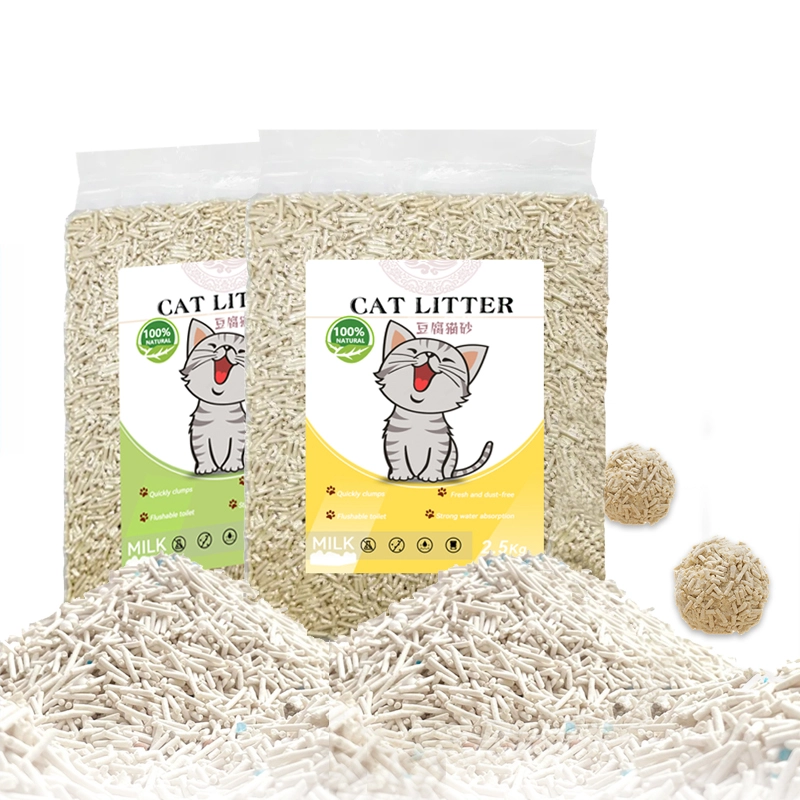Essential Guide to Choosing the Best Cat Litter for Your Feline Friend
The Unsung Hero of Pet Care Understanding Cat Litter
When it comes to pet ownership, particularly for cat lovers, the importance of cat litter often goes underappreciated. However, this seemingly mundane product plays a significant role in the lives of both felines and their human companions. Understanding cat litter—from its types to its environmental impact—can enhance our relationships with our furry friends and promote healthier living environments.
The Evolution of Cat Litter
The concept of cat litter has evolved significantly since its inception. The first commercial cat litter, called Kitty Litter, was developed in the 1940s by a man named Fred Richter. He created a product using clay, which quickly gained popularity due to its absorbent qualities. Over the years, various formulations emerged, including clumping and non-clumping varieties, made from materials ranging from clay to recycled paper and corn. Whether it's made from natural biodegradable materials or synthetic substances, the primary function remains the same to absorb moisture and control odor, making it easier for cats to manage their bathroom habits.
Types of Cat Litter
There are several types of cat litter available, each serving different preferences for both cats and their owners
.1. Clay-Based Litter The most traditional option, this type provides excellent moisture absorption and odor control. Clumping clay litter, made from sodium bentonite, forms solid clumps when wet, making it easy to scoop out waste. However, some owners express concerns about the dust produced and the potential for exposing cats to harmful chemicals.
2. Biodegradable Litter This eco-friendly option includes materials such as recycled paper, wood pellets, and corn. These litters decompose more rapidly than traditional clay options and are often safer in terms of health and environmental considerations.
3. Silica Gel Litter Composed of tiny silicon dioxide crystals, this litter absorbs moisture without clumping. While it controls odor remarkably well, it tends to be more expensive and can be less appealing for some cats that prefer the feel of natural substrates.
cat litter

4. Grass Litter A newer option that has gained traction is grass cat litter, which is both biodegradable and clumping. Made from natural grass seeds, it is lightweight and designed to provide digestive health benefits for cats.
Choosing the Right Cat Litter
Choosing the right cat litter involves several factors, including your cat's preferences, your lifestyle, and environmental concerns. Some cats may be particular about texture, so experimenting with different types is essential to see which one your feline friend prefers. Additionally, consider any allergies or sensitivities your pet may have. If you notice excessive sneezing or coughing, it may be time to try a hypoallergenic or dust-free option.
For owners, convenience and odor control are often the primary concerns. Managing odors while minimizing the litter box's maintenance can make a significant difference in pet care. Regular scooping and complete litter changes every few weeks can help keep the environment fresh for both the cat and the household.
Environmental Impact
As pet owners become increasingly eco-conscious, the environmental impact of cat litter has come under scrutiny. Traditional clay mining can be harmful to ecosystems, and many synthetic litters do not decompose. Biodegradable options offer a more sustainable choice, allowing pet owners to care for their cats while considering their ecological footprint.
Conclusion
In conclusion, cat litter is more than just a household necessity; it is an essential component of responsible pet care. Understanding its various types, benefits, and environmental implications can lead to healthier and happier lives for our beloved cats. As cat owners, embracing the right litter not only enhances the well-being of our pets but also fosters a cleaner and more sustainable living environment. So the next time you refill your cat's litter box, take a moment to appreciate this unsung hero of pet care!







